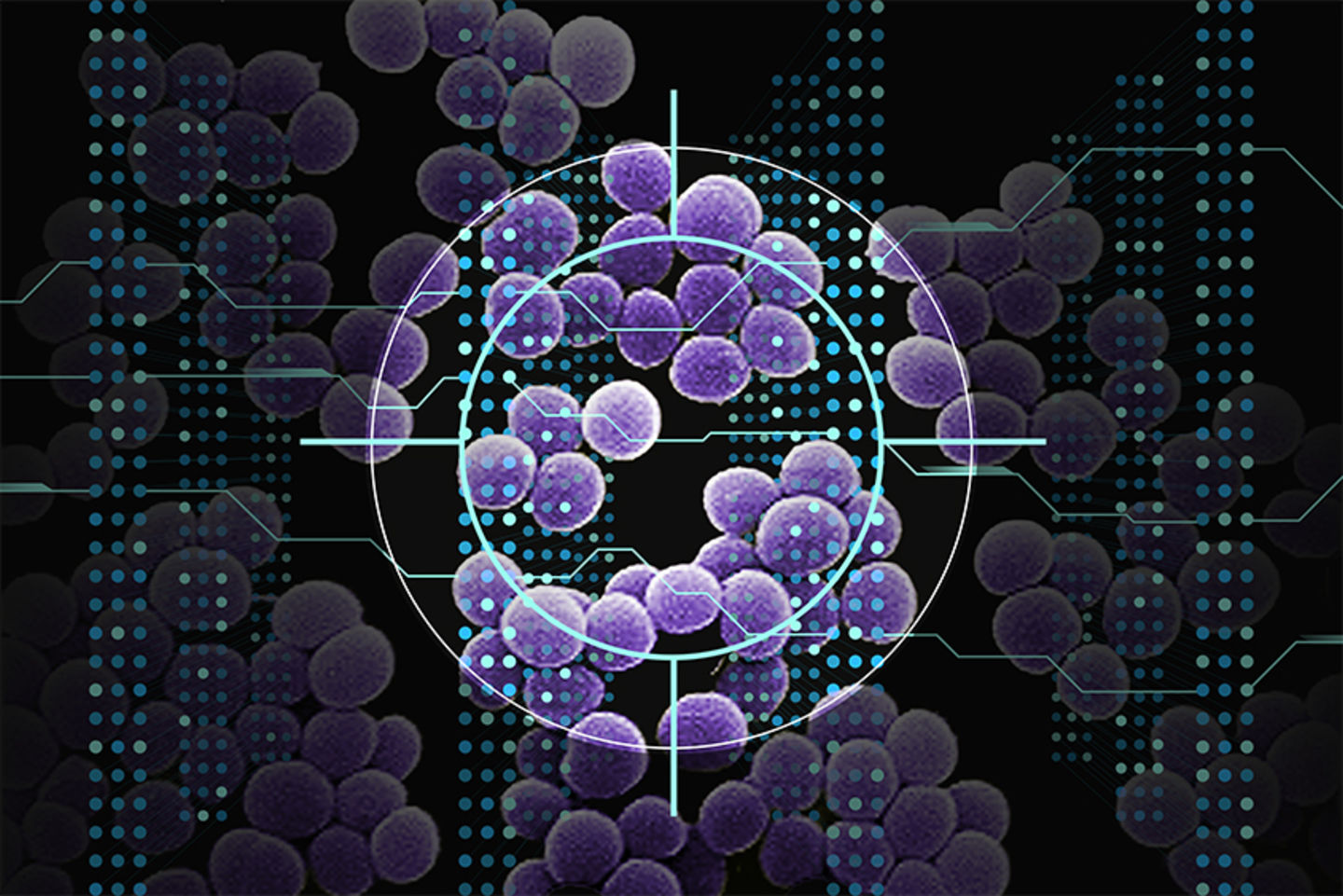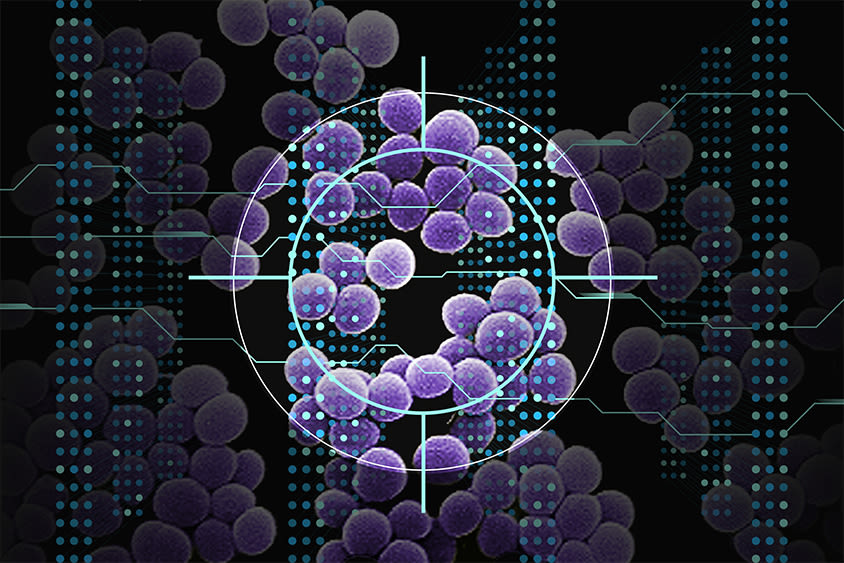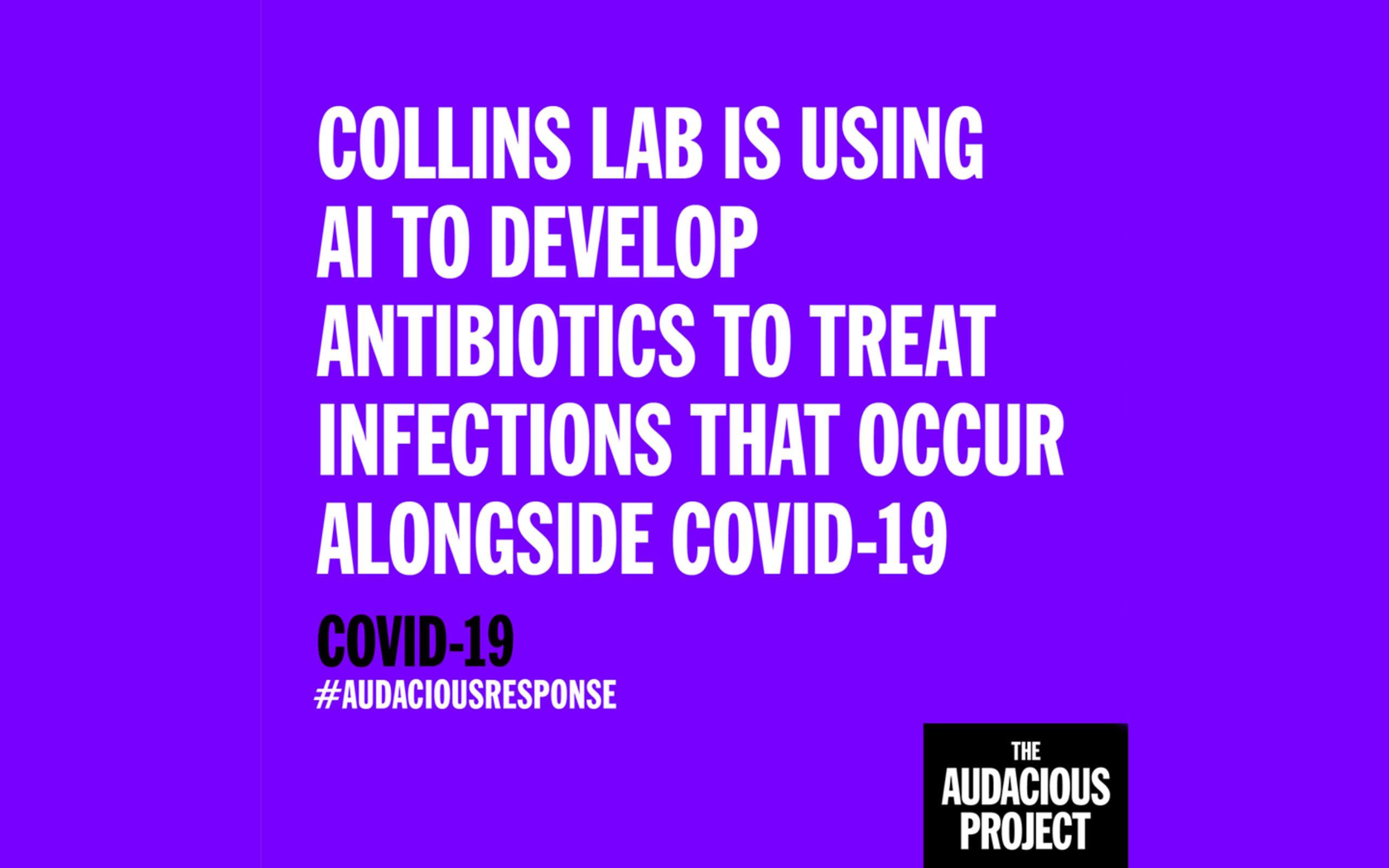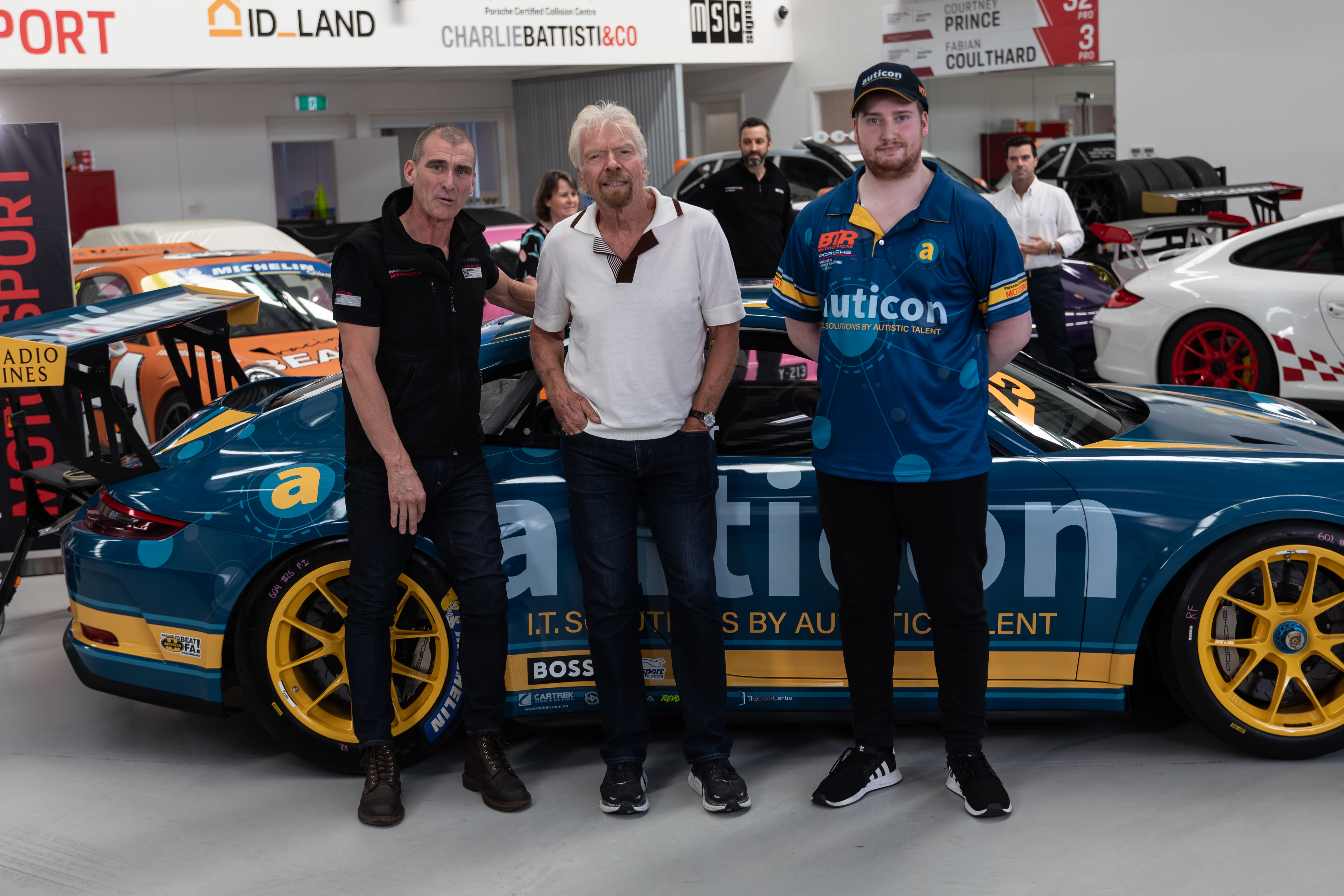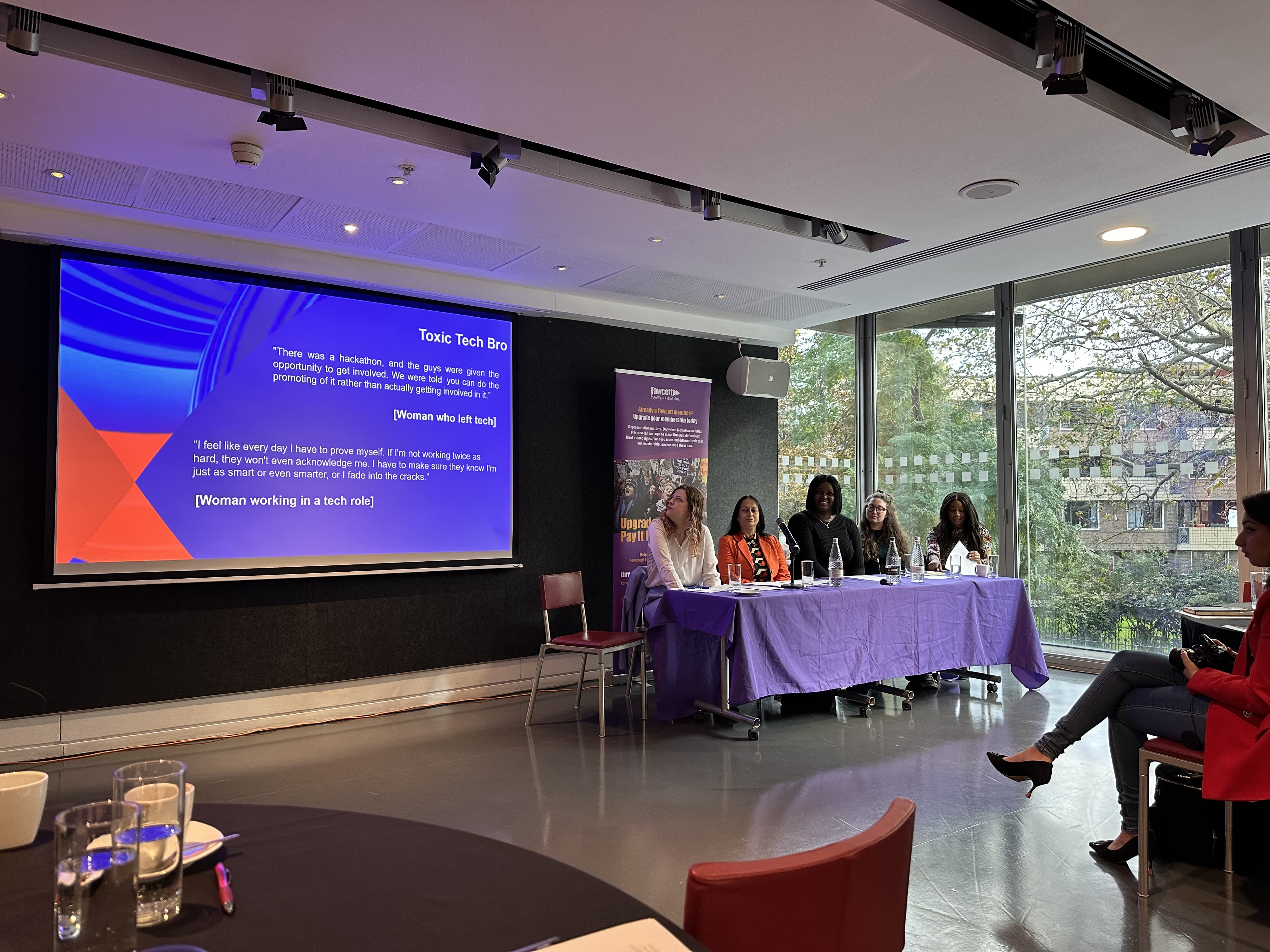How Phare Bio is using AI to discover new antibiotics with the potential to save millions of lives
Antibiotics have revolutionised the treatment of infectious diseases worldwide. Indeed, penicillin alone is estimated to have saved 200 million lives since its discovery in 1928. However, the antimicrobial resistance (AMR) crisis could derail everything.
Thanks to some incredibly innovative companies like Phare Bio, we are ushering in a new dawn of antibiotics development. The team is using AI to discover and develop new antibiotics, in collaboration with the Collins Lab at MIT. A brilliant example of how to use AI for good, with the potential to save millions of lives.
I first heard about Phare Bio when they joined The Audacious Project in 2020. Each year, the project invites changemakers to share their boldest ideas for tackling the world’s biggest challenges, and the recipients never fail to amaze me. Virgin Unite helped bring The Audacious Project to life in collaboration with some of the most respected names in the non-profit world, including Skoll, the Bill & Melinda Gates Foundation, Scott Cook & Signe Ostby and others. I’ve been following Phare Bio’s developments ever since they joined the project, and I’m always excited by their innovation fueled growth. Here’s more from my interview with the organisation’s CEO, Akhila Kosaraju, where we discussed everything from antibiotic resistance, to using AI for good, and why discovering and developing antibiotics is such a complex (but vital) process.
Let’s start at the beginning – how does the Phare Bio story begin?
Phare Bio was born out of a critically important scientific breakthrough. In 2020, MIT Professor Jim Collins and Dr. Jon Stokes (a post-doc in Jim’s lab at the time) used AI to discover a novel antibiotic for the first time in history, demonstrating the potential of AI to powerfully and rapidly yield new antibiotics. This marked a huge leap for antibiotics and AI-based drug discovery more broadly and was a burst of energy across the field. With the ability to screen 20 million versus 20 thousand compounds in a single day, we began to imagine how much impact we could have on patients by ensuring these discoveries make it into the drug development pipeline. Support from The Audacious Project brought this vision to life, and we established Phare Bio as part of the ‘AI for Antibiotics’ collaboration with the Collins Lab.
How is Phare Bio addressing this critical issue?
Thanks Holly. As you would have seen as a doctor, the entire health system relies on having effective antibiotics, and we’re in a race to outpace bacterial resistance to many antibiotics. We have new tools to tackle AMR, so with more advocates and supporters, we can ensure that effective antibiotics are available for generations to come. We use a nonprofit business model and a pioneering AI platform at MIT to develop new classes of antibiotics against the deadliest bacteria (or ‘superbugs’) like Acinetobacter, Pseudomonas and Klebsiella for which we have increasingly few options for patients.
What happens if we don’t make these new antibiotic discoveries and win this ‘race to resistance’?
It’s a terrifying thought because antibiotics are the backbone of modern medicine. Entering a “post-antibiotic era” would mean that standard medical procedures, such as delivering chemotherapy or performing a C-section, could become highly risky. Even smaller everyday occurrences like a scrape or cut could become deadly.
Despite the alarming pace at which resistance is evolving, I remain hopeful and confident that we can deliver new solutions and avoid this catastrophic scenario. This issue is finally starting to receive the global attention it deserves, and with that, I believe that improved incentives and more funding opportunities for antibiotic R&D will surface. That being said, we do need to act now!
Why AI? What makes AI so effective for antibiotics?
We’re at a pivotal moment with AI, as the world grapples with how to best harness this powerful technology. Our team is proud to be working at the forefront of deploying “AI for good” to tackle the AMR crisis. AI is uniquely useful for antibiotic discovery for three reasons:
It offers unprecedented opportunities to search across vast and unknown chemical spaces for truly novel compounds.
The efficacy of AI-generated compounds can be quickly tested in a petri dish, creating a rapid and efficient feedback loop that enables ever-more targeted drugs to be developed.
The speed and potential cost efficiencies of AI-based discovery can help overcome some of the funding challenges stifling early antibiotic development.
How does your AI model work?
The AI platform has been expertly trained by the Collins Lab to discover antibiotics that demonstrate new ways to kill bacteria (or “novel mechanisms of action”).
In the first generation, the Collins Lab used predictive AI models to screen large chemical spaces - identifying compounds with previously unknown antibiotic properties that were able to kill highly virulent bacteria. For example, a molecule that had been studied decades ago as an anti-diabetic remarkably killed a broad-spectrum of gram-negative ‘superbugs.’
Most recently, the team has enhanced the platform with generative AI, in which the platform designs entirely new antibiotic compounds . Essentially, the AI model learns from compound structures to identify molecular fragments and chemical relationships with antibiotic activity – and based on this, it’s able to create new antibiotic structures. This is a huge step forward because it expands our chemical space to search for and design new antibiotics nearly infinitely.
Why is the traditional development of antibiotics such an arduous process? I read that only around 20 new antibiotics have been approved by the US FDA in the past 13 years.
That’s absolutely right, and, unfortunately, the vast majority of these approved antibiotics do not have new mechanisms of action. So, although these antibiotics are seen as an improvement in the short term, in the long run, they are just as susceptible to resistance as the antibiotics we currently have on the shelf. That is why we are using our AI platform to specifically design novel classes of antibiotics.
While it has some unique challenges, the actual R&D process for developing antibiotics is not significantly more complicated than it is for other drug categories. What makes antibiotic development so challenging has more to do with the broken market. Simply put, a specific antibiotic candidate ultimately becomes a low-price, low-volume drug; a combination that does not make for a compelling return on investment. Despite the critical need for new treatments, there is very little financial incentive for investors and big pharma to fund antibiotic R&D.
I’ve read that the stage between discovery and human testing is called the ‘valley of death’ in drug development. Can you explain why, and how Phare Bio is tackling this issue?
Though the ‘valley of death’ in early development exists for all drugs (due to the high risk of scientific failure), it is particularly problematic with antibiotics. Like we were discussing, this is mostly due to the risk/rewards being imbalanced in early antibiotic R&D. For example, investing in a cancer immunotherapeutic or an Alzheimer’s drug could produce a 10x financial return if it succeeds. Developing an antibiotic on the other hand may produce very limited returns, making it hard to justify early investment. Indeed, preclinical development of antibiotics remains one of the most under-resourced areas of commercial pharma. To address this issue, Phare Bio is using philanthropic funding to traverse the ‘valley of death’ and accelerate our AI-generated candidates into the later stages of development where they will be “de-risked” (both financially and scientifically) for future investment and/or development.
How does the Audacious Project fit into your story?
The Audacious Project is the reason Phare Bio exists. This donor group, with co-founders like Virgin Unite, had the ingenuity to recognise the critical need to not only discover antibiotics in the lab, but to also advance them into development for clinical use. The Audacious Project provided the initial philanthropic funding to launch Phare Bio. Your collective investment is a perfect example of how to deploy a new approach to solving the AMR crisis.
I know your biggest breakthrough to date has been the incorporation of generative AI into your discovery platform. What do you think will be next breakthrough?
I’m incredibly excited about where our platform is going, and our ability to increasingly target ‘superbugs’ with ever-more powerful AI-generated antibiotics. I’m especially optimistic that we will be able to incorporate, at scale, additional toxicology and formulation parameters into the generative AI training model. This will lead to antibiotics that can powerfully and precisely kill bugs, while also being non-toxic and easily administered. I think this will be a sea change for antibiotics and drug development across the board. Hopefully we can have a conversation with you about these breakthroughs in the years to come as we continue to tackle this urgent crisis together.
The Audacious Project is all about investing in audacious ideas like this one. Each year The Audacious Project selects up to five ideas that could have a world-changing impact. Visit The Audacious Project to find out more.
